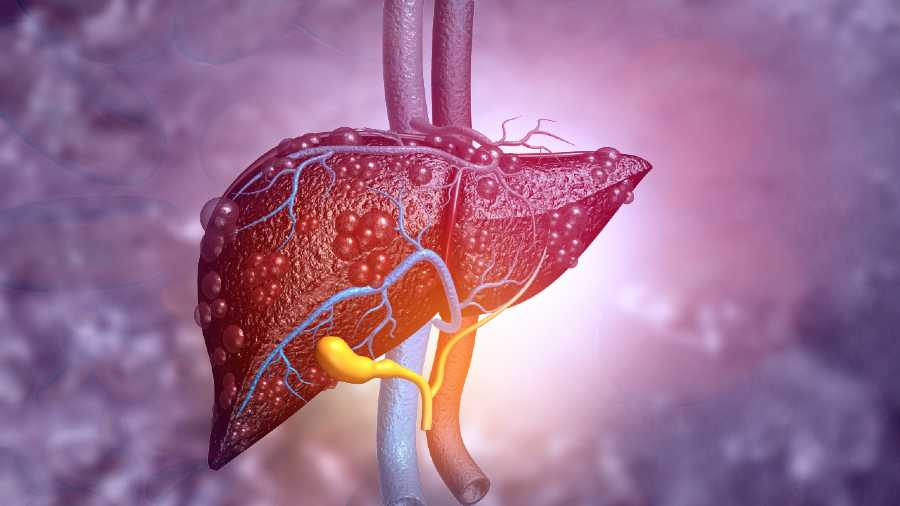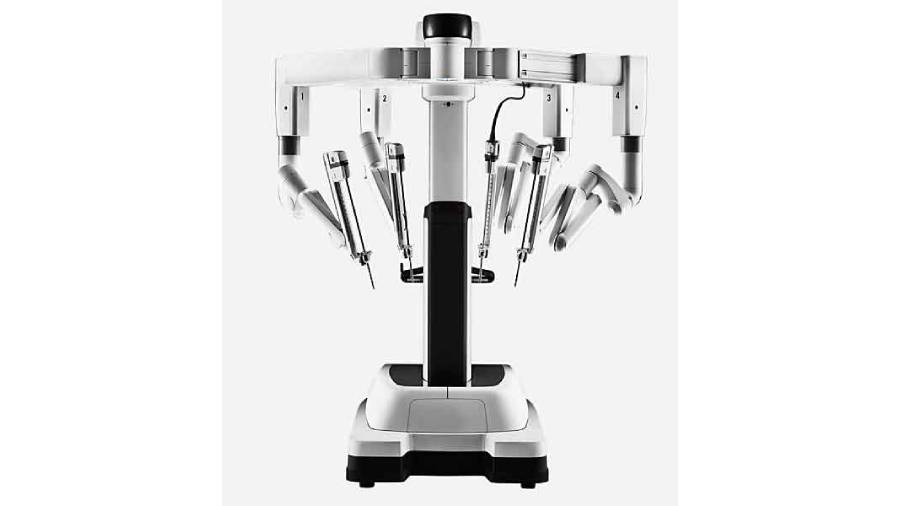A 22-year-old man from Uttarakhand who has been suffering from a "rare genetic condition" since the age of seven, received a new lease of life after undergoing double-organ transplant -- for kidney and liver -- at a leading private hospital here, doctors said on Wednesday.
His 27-year-old sister and 46-year-old mother donated the liver and kidney respectively, they said.
The condition, called Primary Hyperoxyluria Type 1 is a gene defect where a mutation in gene AGXT reduces the capacity of the liver to produce enzymes which helps in maintaining the oxalate level in the body, doctors said.
The absence or defect in this gene leads to the inability to metabolize oxalate leading to its excessive storage in the body, they said.
"This leads to insoluble calcium oxalate crystal accumulation in kidney (kidney stones) and other organs like heart, bones, blood vessels etc causing organ failure," the hospital said in a statement.
Over the years, the patient had been under preventive care and primary clinical management in his native town and had recently started undergoing regular hemodialysis, doctors said.
His condition this time had advanced to end-stage kidney failure following which he was admitted to Apollo hospital here on June 6, they said.
On diagnosis and consultation by Dr Kailash Nath Singh, senior consultant, nephrology and multi-organ transplant unit, at the hospital, he was recommended an "immediate combined kidney and liver transplant surgery (since it was the liver causing complications to other organs)," the hospital said in a statement.
Under the supervision of Dr Sandeep Guleria, senior consultant surgeon in general surgery, GI surgery and transplantation, and Dr Neerav Goyal, senior consultant, liver transplant, at the hospital, a "16-hour long combined kidney and liver transplant surgery was conducted on June 7," it said.
"Primary Hyperoxyluria Type 1 is a rare genetic condition. The calcium oxalate crystals accumulation in the kidney (kidney stones) are the first sign of the disease. The recurrent presence of kidney stones can lead to end-stage renal disease and delay in treatment for such diseases can be life threatening.
"Hence, the 22-year-old person was immediately recommended for a combined kidney and liver transplant. As we planned, the patient underwent both the procedures together and was discharged after 21 days of the transplantation. The patient has been recovering well since then and has to visit hospital for follow-ups," said Dr Guleria.
The common cause of Primary Hyperoxyluria is genetic. The disease most commonly occurs in the young age and the first symptom of the disease is kidney stone. In spite of recurrent treatment, kidney stones keep developing in the organ due to the deposition of oxalate, it said.












